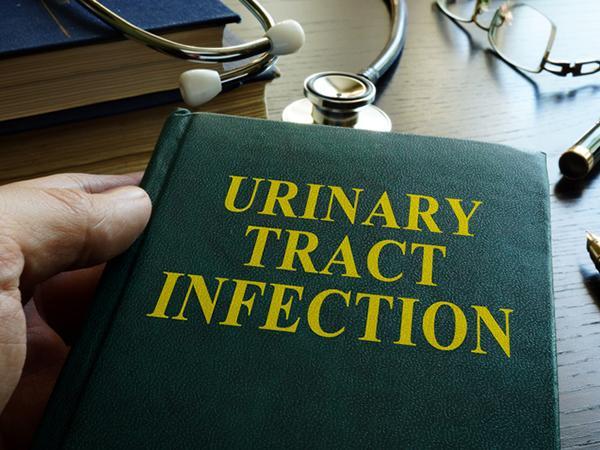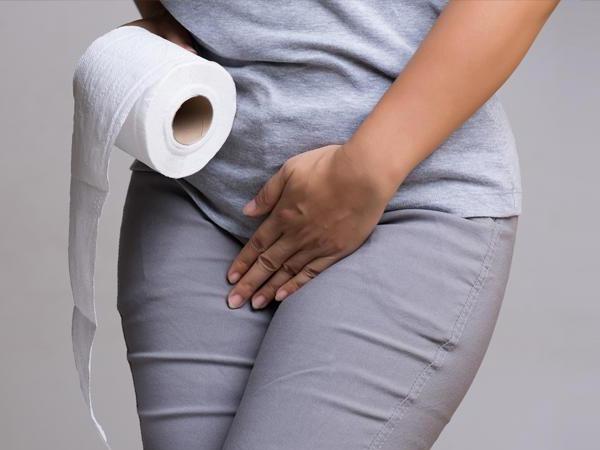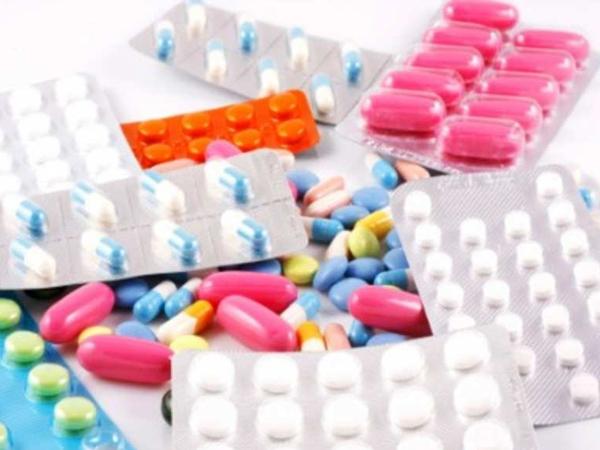As women, we have to contend with unequal pay, sexism, and PMS, and much, much, much more–it’s definitely not easy. So, we often tend to neglect our health, especially our sexual health. Women are prone to urinary tract infections and yeast infections which can cause further health complications if not addressed early on. These two are vastly different and if you want to educate yourself, we asked India’s leading gynecologists to help you understand them.

What’s the difference between UTIs & yeast infections?
“These are the infections which commonly affect the genital area and are more common in females than males. While both are different conditions, some of their symptoms, causes, and prevention methods are similar. Sometimes, both infections can coexist. More importantly, both are curable with treatment. UTIs happen in every 10 out of 25 females, whereas yeast infections can happen to 75% of women in their lifetime,” says Dr Bandita Sinha, Senior Gynaecologist, Hiranandani Hospital, Mumbai.

What are UTIs?
Dr Geetha Monnappa, Obstetrician and Gynecologist, Fortis La Femme Hospital, Bengaluru explains, “An infection in any part of your urinary system–which comprises of the bladder, urethra, ureter, and kidneys–is a UTI. A short urethra makes women more prone to contracting a urine infection from bacteria that are normally present in the gut.”

Symptoms of a UTI
- A persistent urge to pass urine
- Burning sensation when urinating
- Passing frequent, small amounts of urine
- Lower abdominal pain
- Red discolouration of the vaginal area

How do you treat a UTI?
Based on the culture and sensitivity reports, antibiotics with a urine alkaliser and plenty of fluids are prescribed after a urine analysis. If not treated, the infection can ascend up to the kidneys, causing permanent kidney damage and sepsis. If fever and pain is experienced, then symptomatic treatment can also be given.
Yeast infections
An alteration in the normal balance between the bacterial and fungal elements in the vagina can lead to an overgrowth of the fungi, causing vaginal yeast infections.
Symptoms of yeast infections
- Pain while urinating or having sex
- Itchiness in the affected area (such as vagina and vulva)
- Swelling in the affected area
- Unusual odour, or thick and white curdy discharge

Causes of yeast infections
Yeast infection commonly occurs due to a fungus known as ‘Candida’ which builds up in moist areas of the skin, causing infection. Wearing tight and restrictive underwear and pants can create a moist environment in the vaginal area. This infection can also be transmitted sexually. It’s usually diagnosed by clinical examination and swab culture test. Some causes of yeast infection include:
- Changes in immunity due to stress, pregnancy, and other factors
- Medications like oral contraceptive pills, antibiotics, and steroids
- High blood sugar

How are yeast infections treated?
Antifungal medication is prescribed to treat yeast infections, which can be an oral or local application.

How to prevent incidences of UTIs and yeast infections?
Dr Bandita shares a checklist of what to do to keep them at bay:
- Wipe from front to back after a bowel movement
- Wear cotton underwear
- Avoid tight fitting clothing around the genital area
- Change out of wet swimsuits quickly
- Do not douche or use a vaginal spray
- Avoid scented feminine hygiene products
- Change sanitary napkins every four hours and opt for cotton sanitary napkins
- Pass urine frequently, do not hold it in for long hours
- Regularly drink plenty of water, around 3-3.5 litres each day
- Urinate before and after sex
- Drink cranberry juice. (Cranberry extracts do not help in the treatment of existing UTIs but may help prevent their development.)




